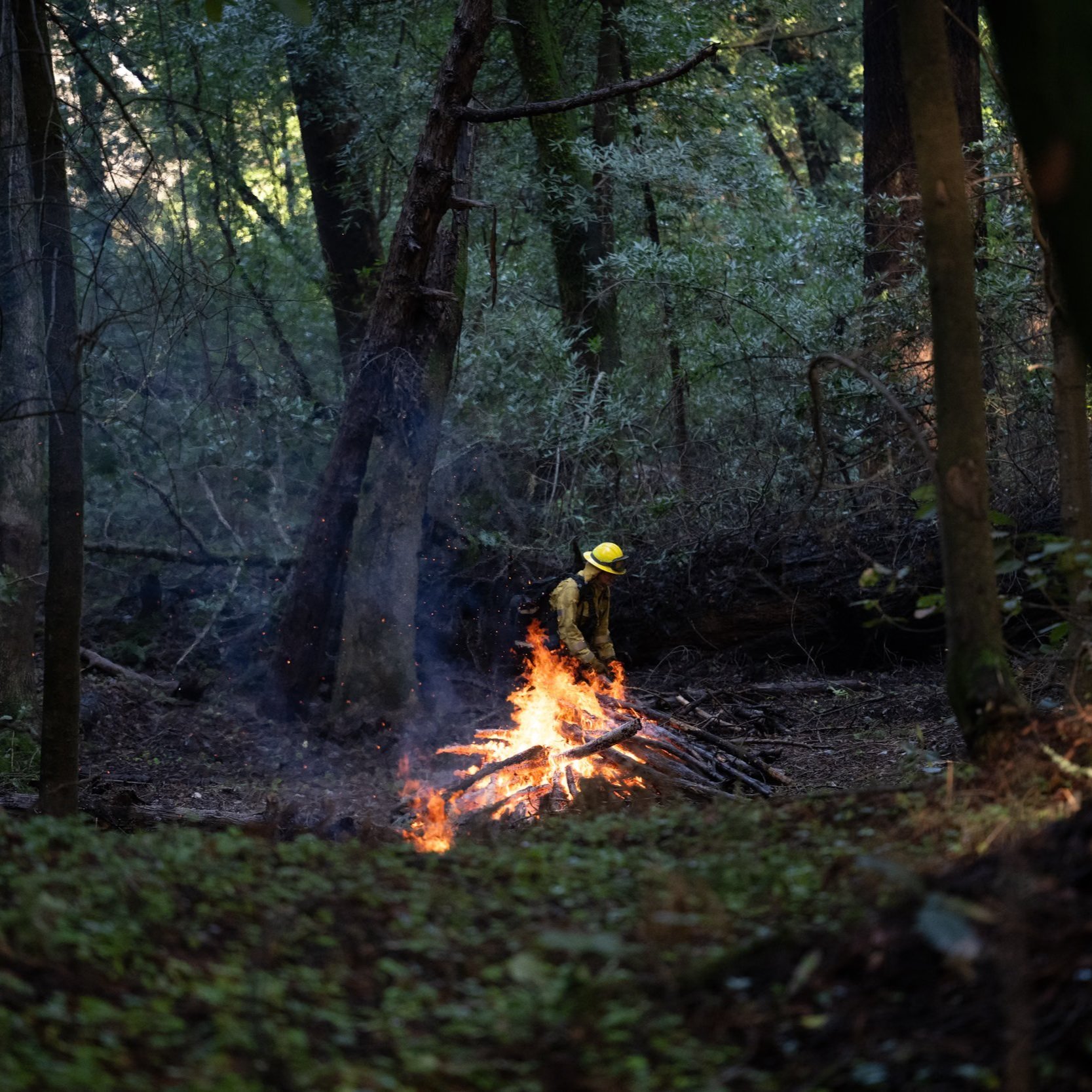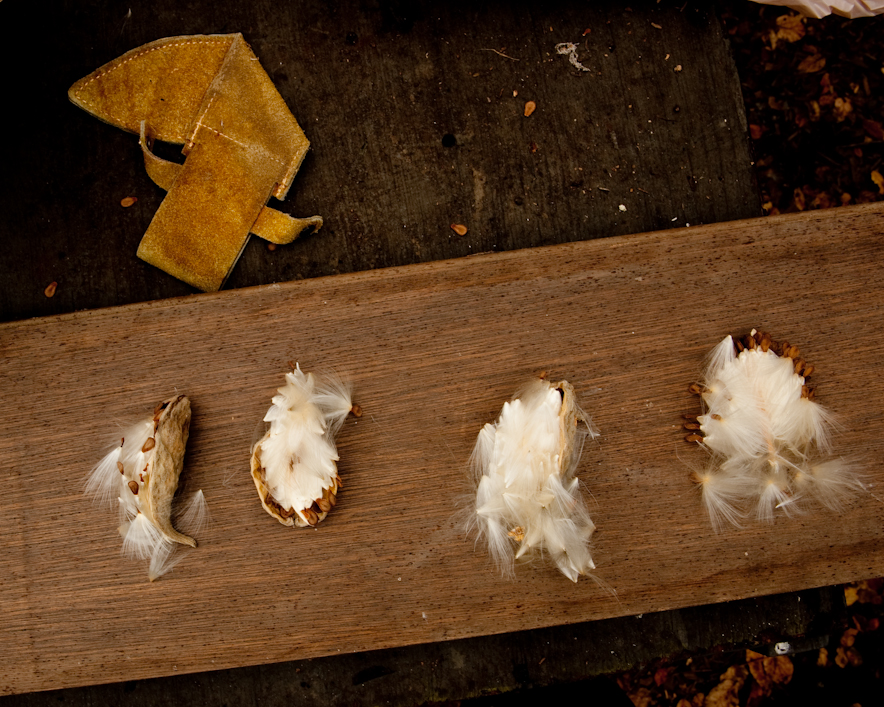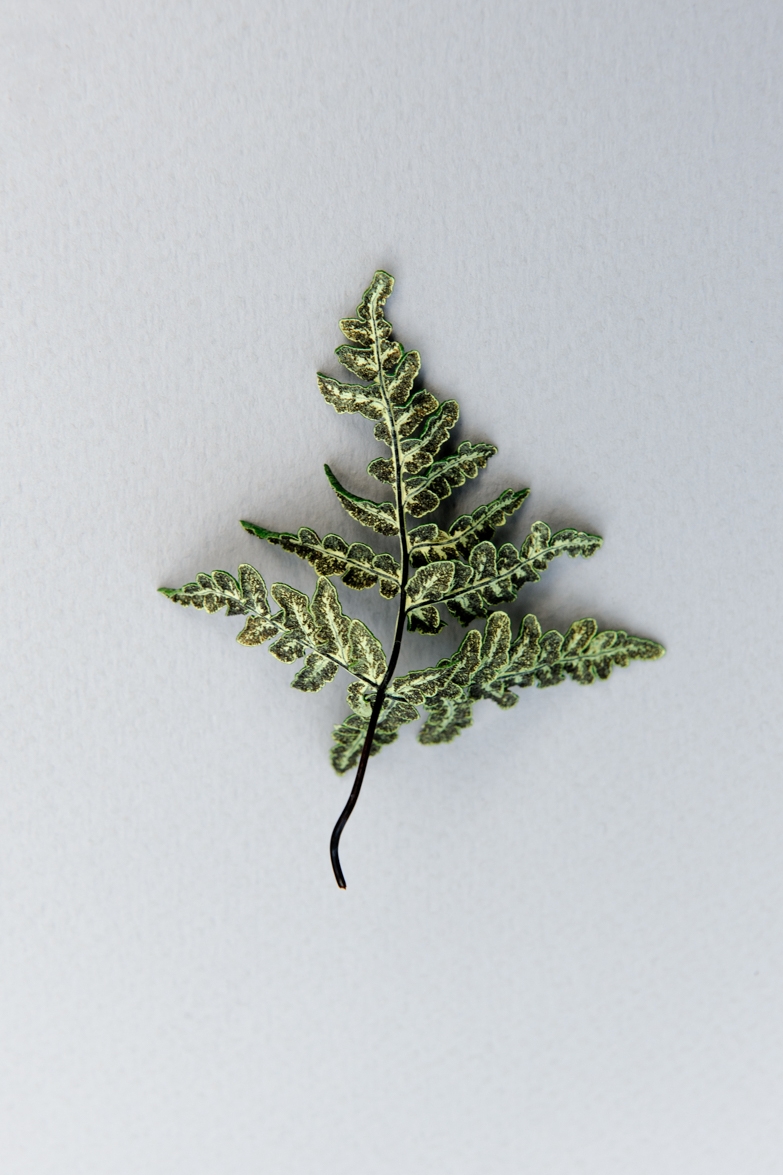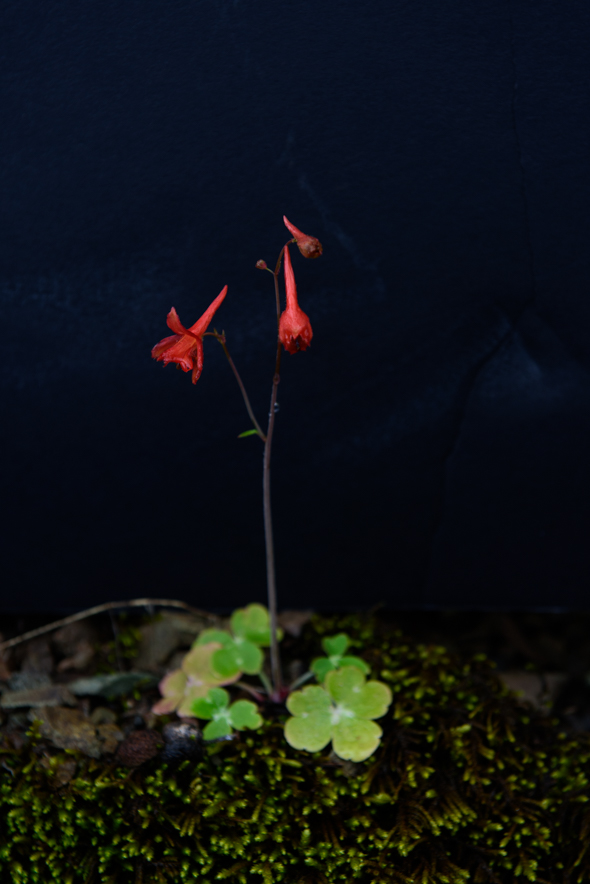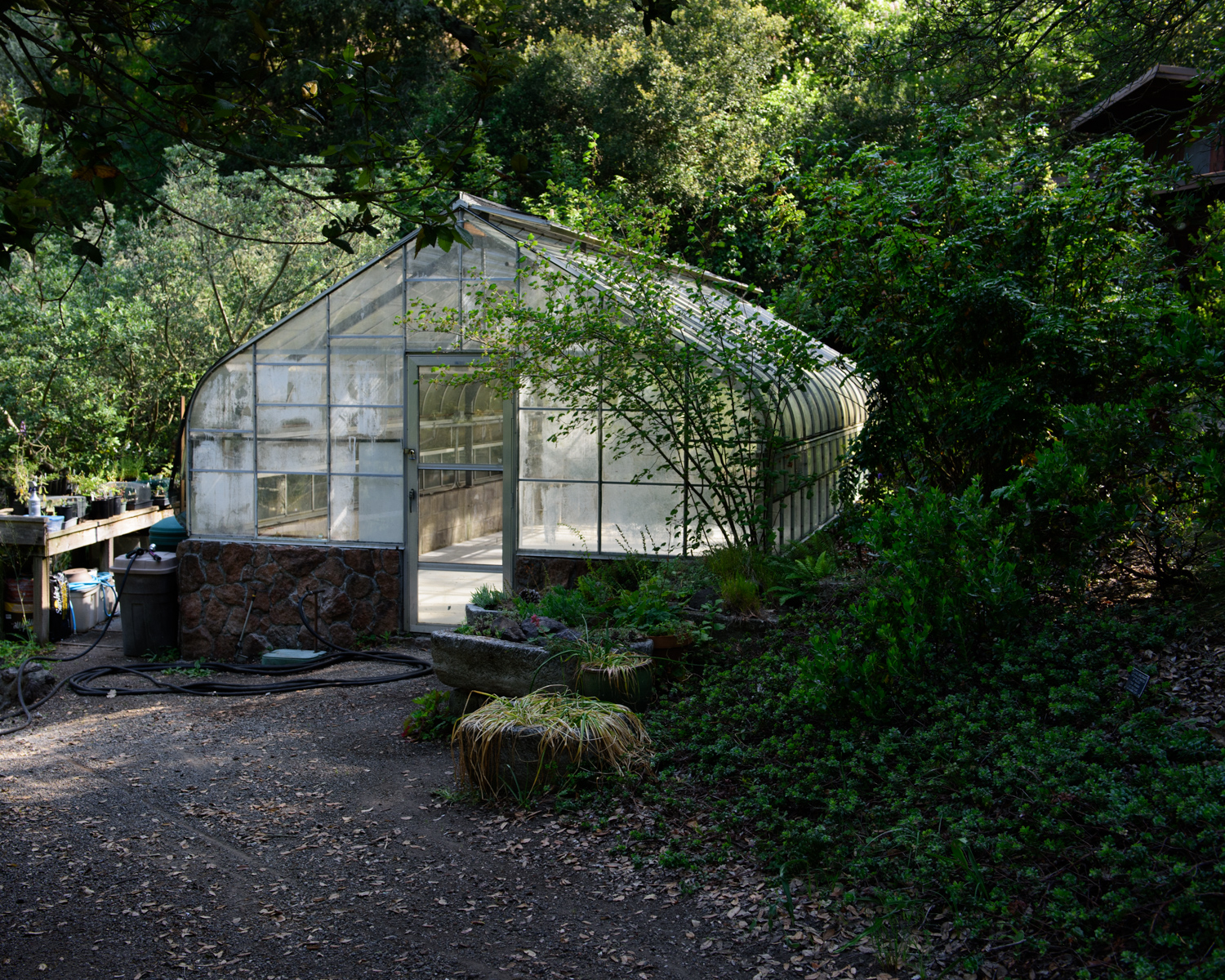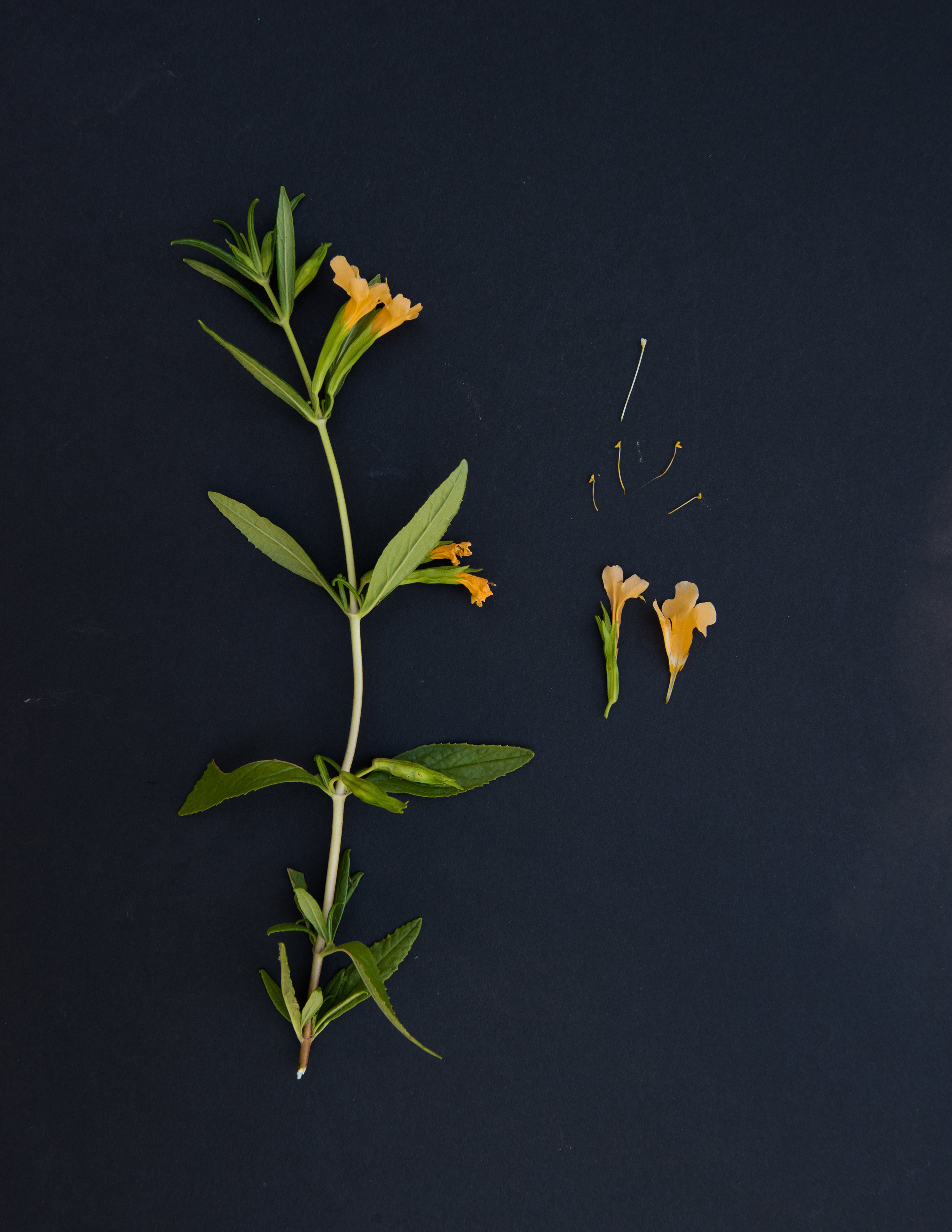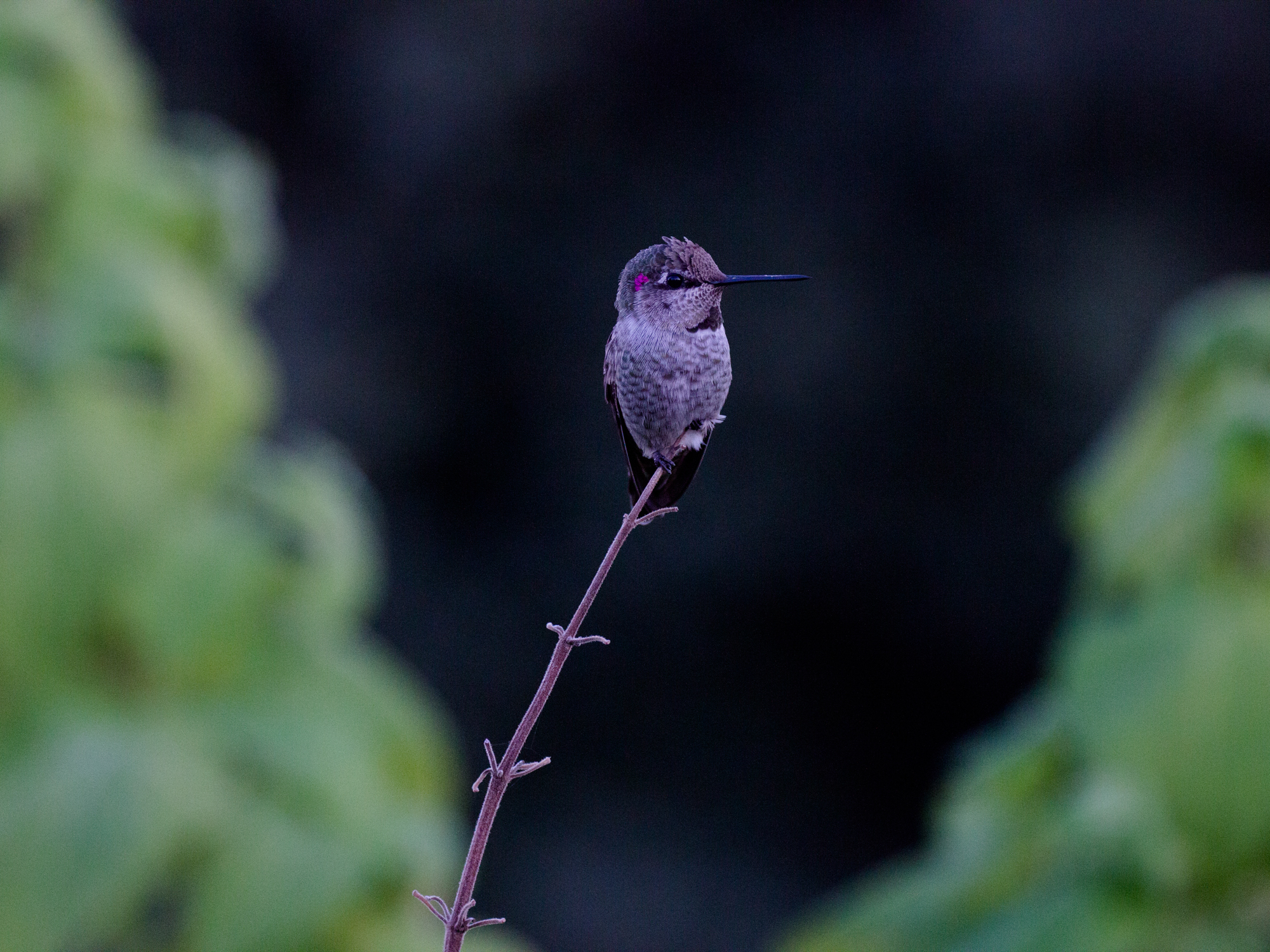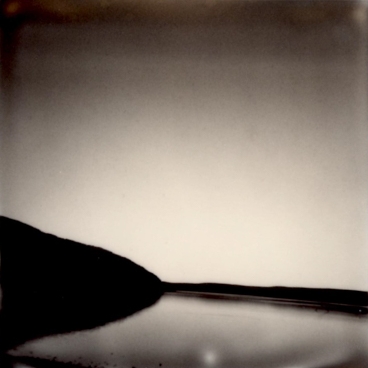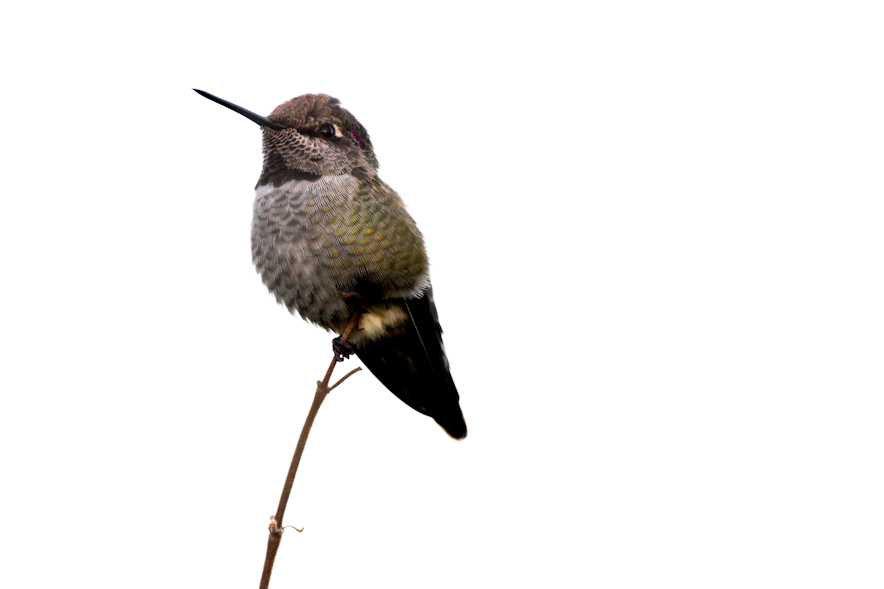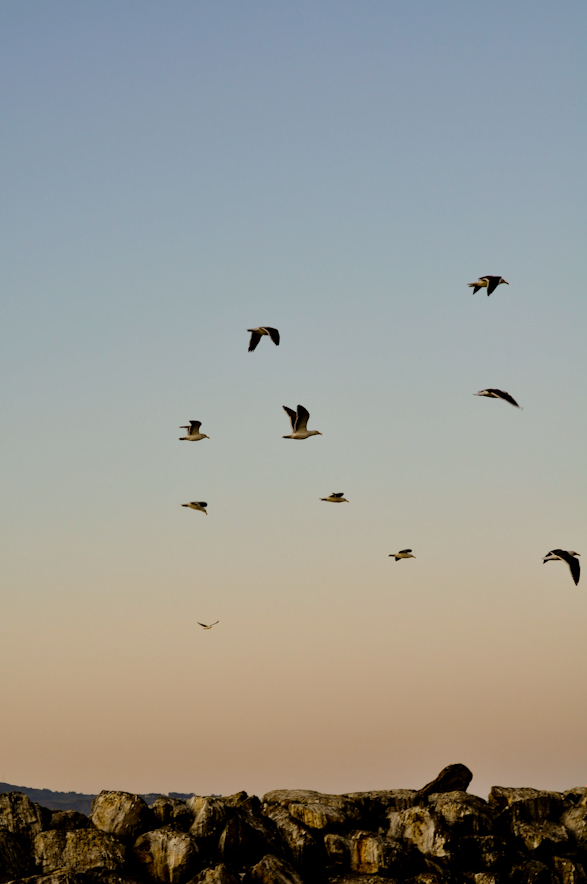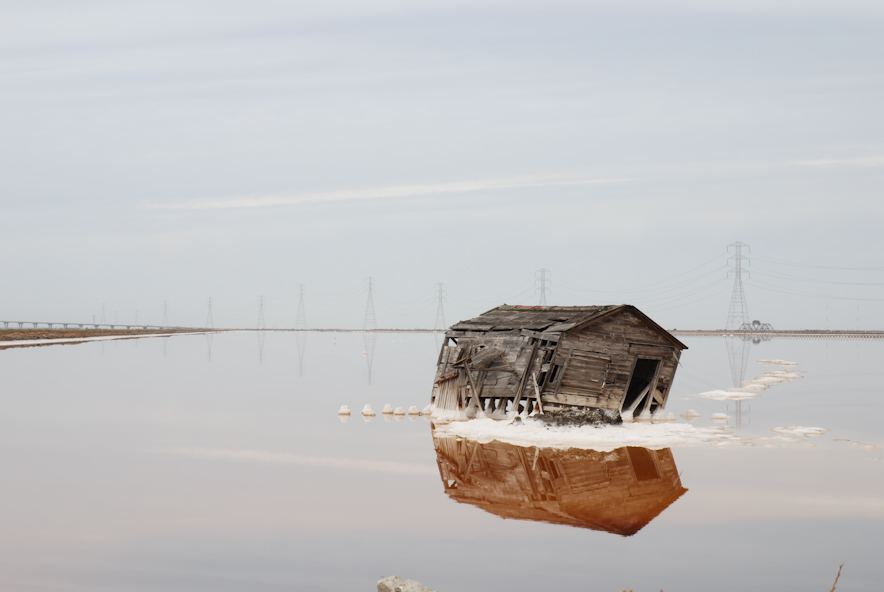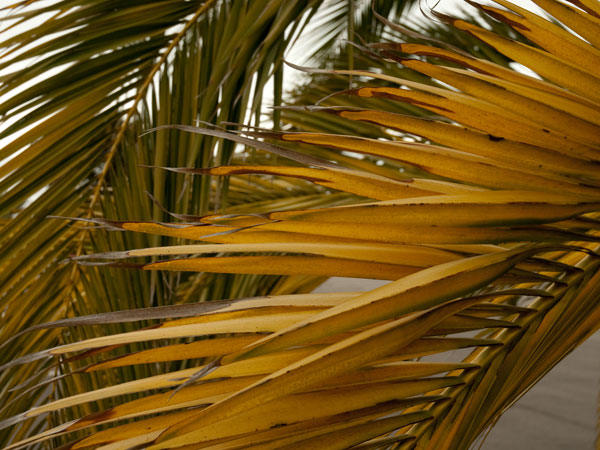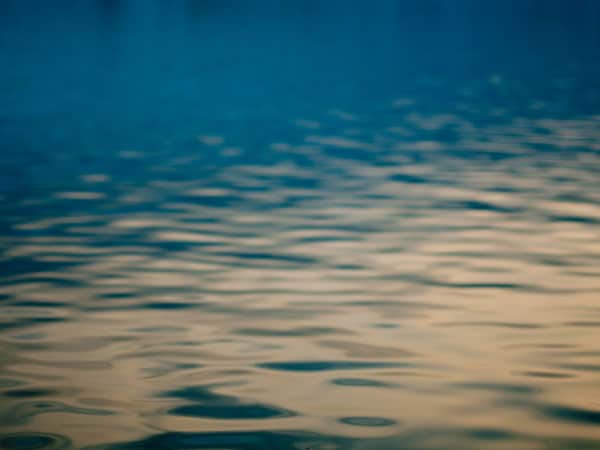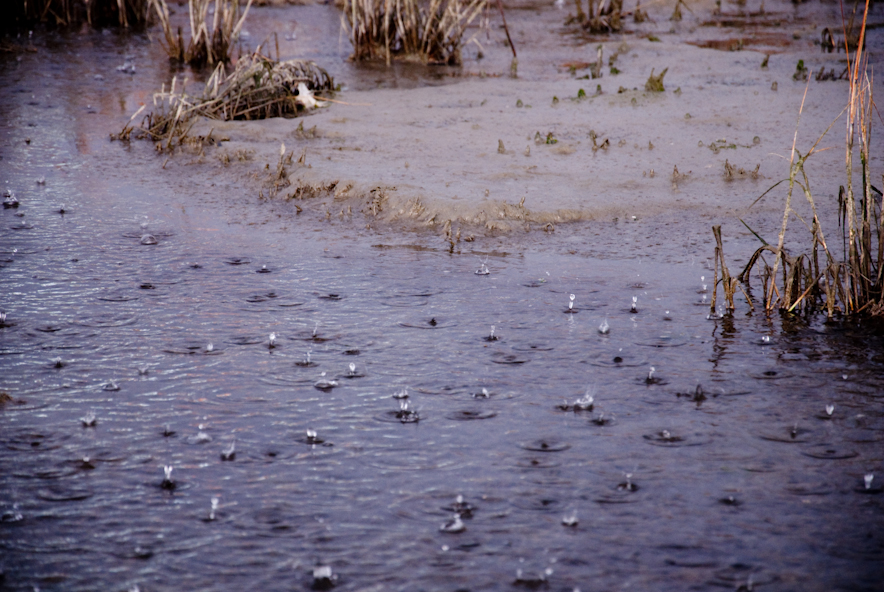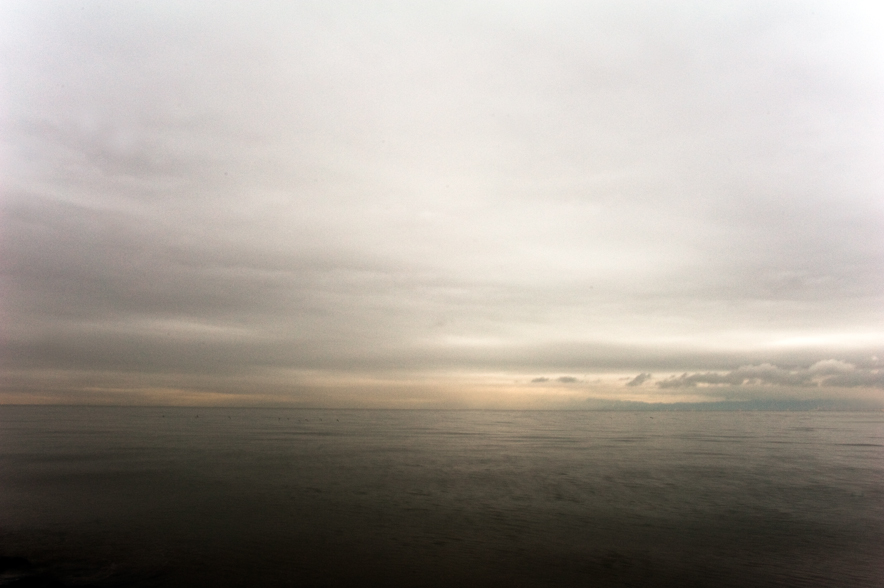A selection of published stories and art exhibits
A pile burning in Henry Cowell Redwoods State Park in early February 2025
LOOKOUT SANTA CRUZ
Prescribed burns at Henry Cowell Redwoods State Park were carefully planned, will improve health of old-growth forest
On a sunny, clear day last week – a respite between two soggy atmospheric rivers – workers at Henry Cowell Redwoods State Park took advantage of the perfect conditions and ignited “good fires” in the 40-acre old-growth redwood grove in the Santa Cruz Mountains. The prescribed fires were intended to make the woods healthier and reduce the danger of unwanted fires later.
February 2025 (Online. Text and photographs)
JoEllen Arnold, a volunteer with NorCal Bats, releases a Mexican free-tailed bat at Grant Park in Sacramento at sunset
BAY NATURE MAGAZINE
The Bat Healers
On a warm September afternoon at her home in downtown Sacramento, JoEllen Arnold sits at her table where a wall of windows overlooks her backyard’s wildlife garden. She is laying out tools: thick leather gloves, a dish of wriggling live mealworms, tiny syringes filled with a paste of food and water, a stack of clean, soft rags, and her digital scale that measures in grams.
March 2024 (In print and online. Text and photographs)
Camille Thomas with her husband, Reuben Thompson-Amarteifio, and their son, Cameron, in front of their home in San Jose last year.
THE NEW YORK TIMES
Doulas Hope to Regain Momentum as Covid Restrictions Ease
Lawmakers were working to address maternal health disparities by expanding access to doula care. Then the pandemic struck.
When Camille A. Thomas began feeling labor pains, her first call was not to her doctor. It was to her doula…..
July 26, 2021 (California Today. Photographs)
Dr. Gail Newel, health officer for Santa Cruz county, in front of the Santa Cruz Beach Boardwalk in July. The beach, which had been closed to prevent the spread of the coronavirus, has now reopened.
THE NEW YORK TIMES
An Interview With the Health Officer for Santa Cruz
Dr. Gail Newel has taken the heat as Santa Cruz went from being one of the safest coastal counties in the state to the site of a recent surge.
On a Sunday in mid-July, Dr. Gail Newel tried to take a “Covid Sabbath.” Dr. Newel, the Santa Cruz County health officer, put away her laptop, ignoring the hundreds of emails piling up. Instead, she meditated, played piano and spent time with her family — including her wife, an OB-GYN, and their adult daughter….
August 10, 2020 (California Today. Photograph)
Nicholas Mastrelli, son of the owner of Molinari Delicatessen
THE NEW YORK TIMES
Portraits of Essential California Workers
With resilience and a sense of duty, these workers in the San Francisco Bay Area are performing vital services even as the pandemic and protests swirl around them.
It is noontime and San Franciscans are already lining up for their fix of Italian delicacies from Molinari Delicatessen. A fourth-generation family-owned deli in the city’s Little Italy, Molinari has been in business for over 100 years.
The use of face masks, coupled with scorching heat, is making everyone a little tense. It doesn’t take long for an argument to break out over what the government-mandated six-foot distance should look like. “There’s a little more fear in the air,” said Nicholas Mastrelli, whose father owns the deli….
July 2, 2020 (California Today. Photographs)
A portrait of Anthony Deloney in the courtyard garden at St. Mary's Center in Oakland.
THE NEW YORK TIMES
Inside the Bay Area’s Geriatric Homeless Shelter
Anthony Deloney is homeless and 63 years old, a frightful combination in this pandemic. Yet this is how Mr. Deloney described his fate on a recent Thursday afternoon: “Every day the sun rises, there’s something for me to look forward to.” His hopefulness, it turned out, rested on a single lucky break that graced an otherwise hard-luck life. Mr. Deloney had found refuge in the only homeless shelter in the Bay Area dedicated to serving seniors….
July 2, 2020 (California Today. Photographs)
BAY NATURE MAGAZINE
The Adventure Crew Helps Make Regional Parks Accessible
For Wilson, nature isn’t something you have to struggle five miles up a mountain to discover. It can be glimpsed when you turn over a rock in your backyard or take a look in the gutter after a rain to see what kind of creature got washed out. “The grandeur of being in a wilderness park and experiencing these things sets the stage,” he says. “But once you get turned-on and tuned-in to nature happenings, they are all around us.”
March 24, 2020 (In print on in April-June 2020 magazine and on homepage of website. Text)
Western leatherwood bloom
BAY NATURE MAGAZINE
Discover the Rare Blooms of Huckleberry Preserve in the East Bay Hills
To examine the white bud pads of the western leatherwood plant, Iowa State professor of horticulture William Graves once wrote, is “almost like staring into a starry night sky.” It’s a rare celestial vision, though. The winter-blooming shrub’s entire global range is confined to six counties in the Bay Area, including the Huckleberry Botanic Regional Preserve in the East Bay Hills.
March 30, 2018 (In print on cover of April-June 2018 magazine and on homepage of website. Text and photographs)
Chris McCarron, interpretive student aide, shows off a tiny bloom.
PACIFIC HORTICULTURE
Protecting California’s Flora: A Look Behind the Scenes
Working Gardeners Share their Stories
It was a stormy March afternoon, but the rain had temporarily let up. Michael Uhler knelt down next to a small plant and gently pulled the foliage back to show off several silky yellow flowers, “It just started blooming this week.” The unusual blooms, with petals curling back like bird feathers, belonged to a rare and endangered plant called Tuolumne fawn lily.
October, 2018 (In print, feature story in October-December 2018 magazine. Text and photographs)
RICHMOND CONFIDENTIAL
Climate change puts Richmond’s plant and animal populations in a state of flux
Faster-than-average warming is bringing changes to Richmond’s ecosystems. Temperatures and sea levels are rising. Fog patterns are shifting. Richmond’s plants and animals are facing a future of altered habitats.
January, 2019 (Online. Text, videos and photographs)
Artificial reef balls at Point Pinole are exposed during low tide
RICHMOND CONFIDENTIAL
Will Olympia oysters survive in the Bay?
We waded through murky bay waters and patches of deep mud under the light of the moon and our headlamps. Cool water sloshed over the tops of our boots and covered our toes. We moved slowly and carefully across the slick bottom of the bay. The tide was going out, nearing its lowest mark, and the oyster reef balls had begun to appear as the receding waters exposed them.
December, 2018 (Online. Text, video and photographs)
To make Plavel, plastic bottles are twisted and sliced into pieces. They are then placed inside a mesh bag before being buried underground, where they form a biofilm that cleans dirty water.
RICHMOND CONFIDENTIAL
Can One Man’s Love of Water Save the Ocean?
For Norman Hantzsche, everything is about water. He spends his free time swimming in open water. At work, he endeavors to make dirty water clean. Most days, he is no more than a few steps from the San Francisco Bay. He both lives and works at Richmond’s shoreline. On at least one occasion he has found himself swimming home from work.
December, 2018 (Online. Text and photographs)
GROWING WILD BLOG
Larner Seeds Demonstration Garden
When I was dreaming up the idea for the Growing Wild blog, I imagined that it would be an opportunity to explore nature here in the city. But I also imagined (and hoped), that it would be an opportunity to get to know a few of the people responsible for these spaces; both the ones that create them and the ones who are inspired by them. Last week, when I went to photograph the Larner Seeds Demonstration garden in Bolinas the latter opportunity presented itself. I wanted to visit the garden, ever since I read Gardening With a Wild Heart, by Judith Larner Lowry—who is also the seed shop and garden owner. The book captivated me. Judith's descriptions, and her love for CA native plants was contagious.
2014 (Online. Text and photographs)
Wrentit, just captured in the mist net
GROWING WILD BLOG
Mist-Netting on the Pacific Flyway
The Palomarin Field Station, tucked into a wooded area on the southern tip of Point Reyes National Seashore, sits on an international biodiversity hotspot. The San Francisco Bay, which is the largest estuary on the west coast, is a critical stopover point for birds migrating along the Pacific Flyway, which extends from Alaska and Patagonia.
2015 (Online. Text and photographs)
Keith Hanson, pictured outside his wildlife studio
GROWING WILD BLOG
One View, 224 Bird Species
Easels, paint, colored pencils, and drawings cover every surface of Keith Hanson's small wildlife studio in Marin County, California. A spotting scope is aimed out the front window at a Red Elderberry tree frequented by visiting birds. Birds flitted in and out of the courtyard. The studio, which opened in 1991, is located on the Point Reyes Peninsula, between the Pacific Ocean and the Bolinas Lagoon, which is a major thoroughfare for migrating birds. Hanson, who first took up drawing while he was still in high school, focuses on the accurate portrayal of birds. His perfect attention to detail combined with deep knowledge of his subjects informs his work.
2015 (Online. Text and photographs)
PHOTO EXHIBIT AT CORNELL COLLEGE PETER PAUL LUCE GALLERY AND FOSTER CITY COMMUNITY CENTER
Growing Wild
Growing Wild is a photography project about urban nature that exists within the densely populated San Francisco Bay Area. As an increasing percentage of the global population becomes urbanized, maintaining our vital connection with nature has become increasingly difficult. The project is a “treasure hunt” of sorts, about seeking out wild places in the city and photographing them as if they were part of a true wilderness.
The photographs selected for this exhibit highlight several of California’s native plant species. California was famous among early explorers for having spectacular wildflower displays. However, today most California gardens use plants typical of traditional English gardens and California native species are not widely available in the nursery trade. The average Californian could probably not name more than a handful of local native species. And yet, these species are incredibly important, both because they sustain wildlife and because they connect us to our wild spaces.
(Five-person Exhibition, 2016, Cornell College Peter Paul Luce Gallery)
(Solo Exhibition, 2016, Foster City Community Center)
Keeler Path, 24”x36” pigment ink-print made from a scan of a 4x5 transparency.
PENCE GALLERY
The Consilience of Art and Science
Pence Gallery Statement: The goals of the exhibition are to show creative work that explores the intersection between art and science; to foster communication between the arts and sciences; and to spark new ways of viewing the world and ourselves. creative work that transcends pure scientific illustration to explore the conceptual realm where art and science both reside is strongly encouraged.
(Group Exhibition, 2016, my photograph “Keller Path” was selected)
CURIODYSSEY MUSEUM
Down By the Bay
Down By The Bay is a series of photographs taken at or within a few hundred yards of the San Francisco Bay. This small band of space at the water’s edge is removed from the hustle and bustle of the city, yet it is filled with fascinating life and activity.
“As an artist, quiet observer and lifelong resident of the Bay Area, I aim to provide Bay Area residents and visitors with a unique perspective of this fascinating location. Colors, textures, and form are all emphasized. The series relies on subtle details, such as colors and weather patterns, rather than major landmarks to create a sense of place. It is the hope that this will enable the viewer to notice subtleties that may ordinarily be overlooked.”
(Solo Exhibition, 2012, CuriOdyssey Museum North Gallery)
